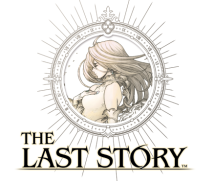6. Staying True to What We Imagined
Sakaguchi-san, do you feel that you got to the end of the project without having wavered at all in terms of what you set out to achieve?
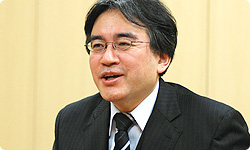
Yes, I do. By nature, I really aim to please. But with this title, I allowed myself to relax a little in this regard. Then just as I’d relax, I’d go back to feeling that desire to give people what they want. Controlling that urge was actually the thing I found most difficult.
So you abandoned the idea of creating a game that aimed to please, and were determined not to be swayed from your chosen course.
That’s right. And that’s how we ended up filling the game with things that excited us, such as chaining up that single ogre. But of course, things like that were added later, which isn’t ideal in terms of efficiency...
But if you hadn’t taken that approach, a lot of things in the game would never have been included.
That’s right. But at the start, we were actually focused on doing things efficiently. We had learned from the mistakes we’d made on Blue Dragon, and were able to approach things in an efficient manner when creating the backgrounds, the characters, their outfits, and determining how the dungeons would function. This is why we were able to spend so long getting something like ‘Gathering’ right.
It was precisely because we had built ourselves such a solid base that we were able to tinker with ‘Gathering’ for so long.
Do you think you managed to realise the vision you’d had when you originally discussed the idea over drinks in Tokyo?
Yes, I think we did.
I think that was a really nice way to get a project under way.
But it’s very rare for things to start like that. Especially the fact that we’d both experienced the same shock at precisely the same time.
I think that at base you need to share some kind of common background. If you haven’t experienced something together, at the same time, it can be difficult to move in the same direction.
When I told the team about what I had discussed with Sakaguchi-san that night, I felt that everyone shared our feelings, and were very receptive to what we had to say.
I think it was because your feelings resonated with the team that they were able to cross the finish line even after running what must have sometimes felt like a never-ending marathon.
It wasn’t that we actually had an actual game in mind that we were aiming to emulate. We had just watched a number of clips on a video-sharing site, and had been inspired by them to come up with our own idea for what might constitute a ‘next generation game’.
But that game didn’t actually exist in reality.
Right. That’s why we had to keep telling the team to watch those video clips and to always stay true to the game we had imagined.
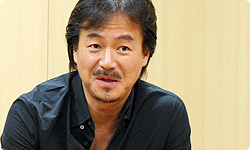
You had seen those video clips, and somehow felt that you had been left behind, but in reality, this inspired you to imagine a new type of game. There was no real game like the one that you were imagining. So you set out to create that game that had so overwhelmed you in your imagination.
That’s right. You’ll sometimes encounter films or cartoons which have something about them that overwhelms you. I think that this time round, we found that video at precisely the right moment.
Now, I’d just like to finish by asking Matsumoto-san to tell me what he found difficult about working with Sakaguchi-san, and what he found to be the positive aspects?
Is this my cue to leave the room? (laughs)
Yes, it’s probably better that you aren’t here when I praise you. (laughs) What I find most amazing about Sakaguchi-san is how strict he is when it comes to achieving his goals. As someone who is not prepared to go to quite the same lengths as him to get the final product he wants, I found myself overwhelmed by this both on Blue Dragon, and this time round.
So you struggled with the gap between what you considered to be a finished product, and what Sakaguchi-san did.
That’s right. I often think of things from the perspective of how Sakaguchi-san might view it, and then I always think: ‘No, it’s just not good enough yet.’ But I did come to feel strongly that I have a lot of room to grow and improve. The tough part was having my own inadequacies shown up in stark relief, while the positive side was that I still felt that I had the potential to improve, and I am prepared to work hard to achieve that.
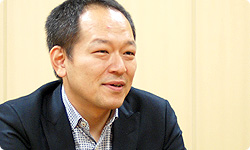
Ha, I think you’ll sleep well tonight. (laughs)
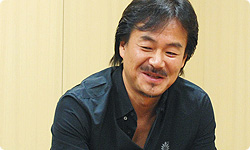
(laughs) So there we have it: the true feelings of someone who has worked intimately with Sakaguchi-san for seven and a half years. Now, there are those who say that in the creative industries, people’s power wanes as they get older. But I don’t believe that at all. I think there’s a huge gap between different individuals. Three years ago, a game creator of Sakaguchi-san’s stature saw a video that overwhelmed him and left him struggling for a way to respond. But he spent the subsequent three years fired-up and full of passion, putting his heart and soul into the creation of The Last Story. I think that if players understand the passion that has gone into this title, they will respond to it. The game is almost out. It may sound hackneyed, but I’d like to ask players to hold on for just a little longer. Sakaguchi-san and Matsumoto-san, thank you both very much for joining me today.
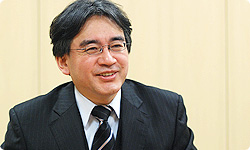
Thank you very much.
